Southeast Asia harbors some of the world’s most magical natural phenomena – caves that glow in the dark. These luminescent wonders aren’t the result of artificial lighting but rather bioluminescent organisms that create an otherworldly swimming experience.
The ethereal blue glow comes primarily from glowworms and various forms of bioluminescent plankton that thrive in these unique environments. Here is a list of 18 incredible locations where you can experience the magic of swimming through glow-in-the-dark caves across Southeast Asia.
Tubbataha Caves, Palawan, Philippines
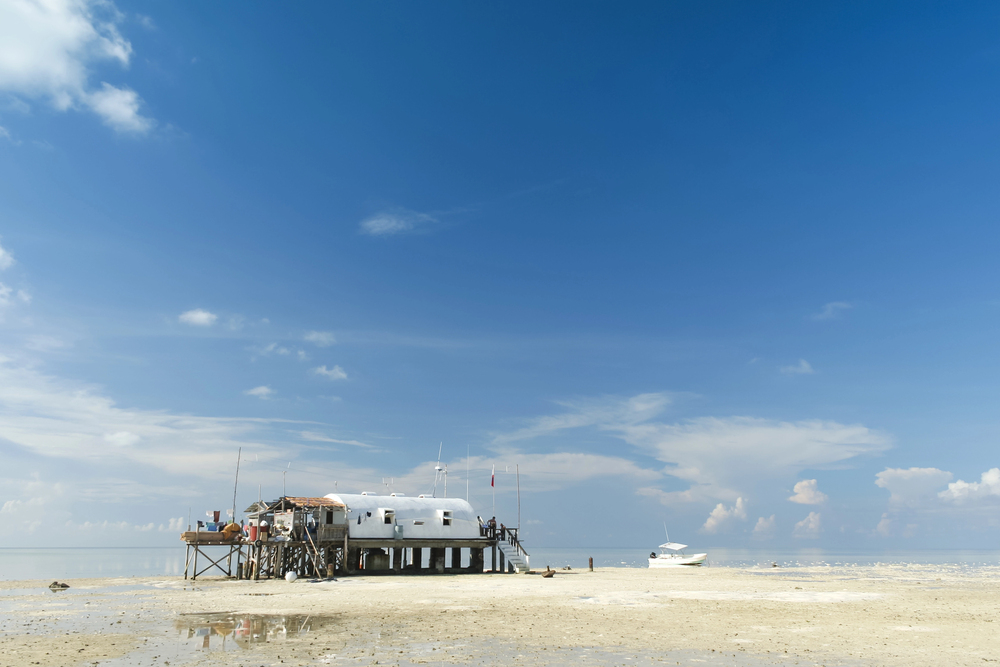
Nestled within the UNESCO World Heritage Tubbataha Reefs Natural Park, these remote caves showcase some of the Philippines’ most spectacular bioluminescent displays. The sea caverns contain a rare species of dinoflagellate, creating a sustained blue-green glow rather than the flash-like illumination seen in other locations.
Access requires a multi-day boat trip from Puerto Princesa, making this an adventure reserved for dedicated travelers willing to journey 10 hours by sea.
Vang Vieng Blue Lagoon Caverns, Laos
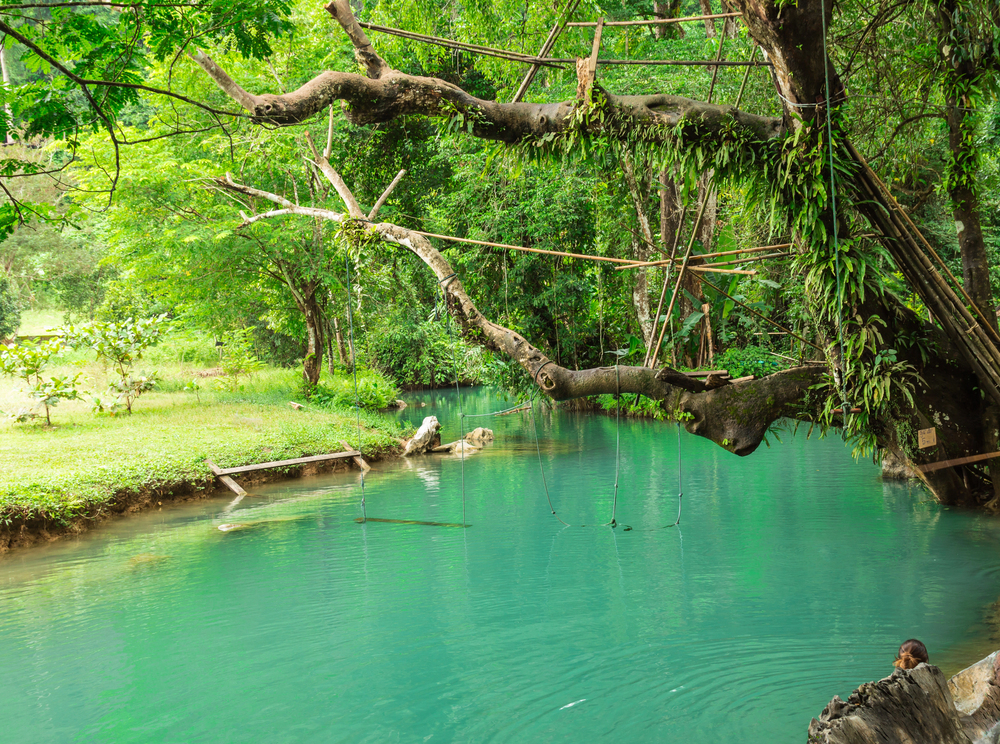
Despite being landlocked, Laos offers an extraordinary glowing cave experience in the karst mountain region of Vang Vieng. The Blue Lagoon Caverns feature freshwater pools containing a unique species of glowworm that adheres to the limestone ceiling, creating a mirror-like effect when their light reflects on the still waters below.
Swimming here feels like floating through a galaxy, with the cool mountain water providing welcome relief from Laos’s tropical heat.
Ha Long Bay Luminous Caverns, Vietnam
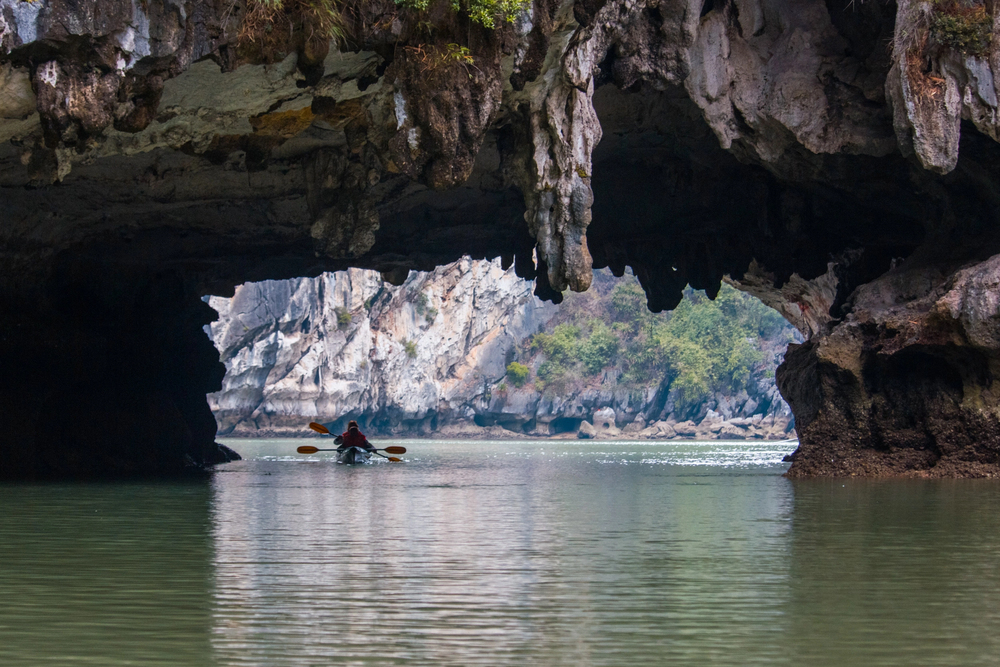
Vietnam’s iconic Ha Long Bay contains several hidden caves where swimmers can experience the wonder of bioluminescent waters amid the dramatic limestone karsts. The most accessible glowing cave can be reached via kayak from the main tourist boats.
The 45-minute paddle intensifies the reward of discovering the electric blue waters inside. The contrast between the dark silhouettes of the towering karsts and the glowing waters creates an unforgettable nighttime swimming experience.
Like Travel Pug’s content? Follow us on MSN.
Surigao Enchanted River Caves, Philippines
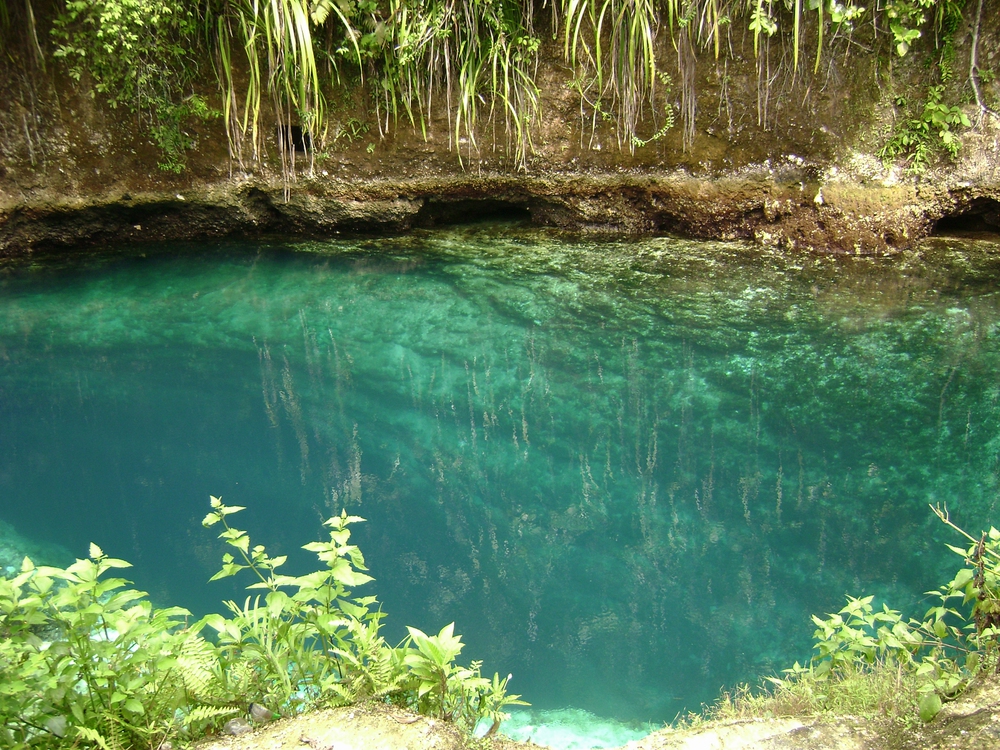
The Enchanted River system in Surigao del Sur contains underwater cave passages where specialized freshwater plankton create a brilliant blue illumination. Local guides lead swimmers through the river mouth into a series of connected chambers, where the concentration of bioluminescent organisms increases with each room.
The crystal-clear waters allow swimmers to see up to 15 feet ahead, even as the natural light fades and the biological light takes over.
Railay Beach Hidden Lagoons, Thailand
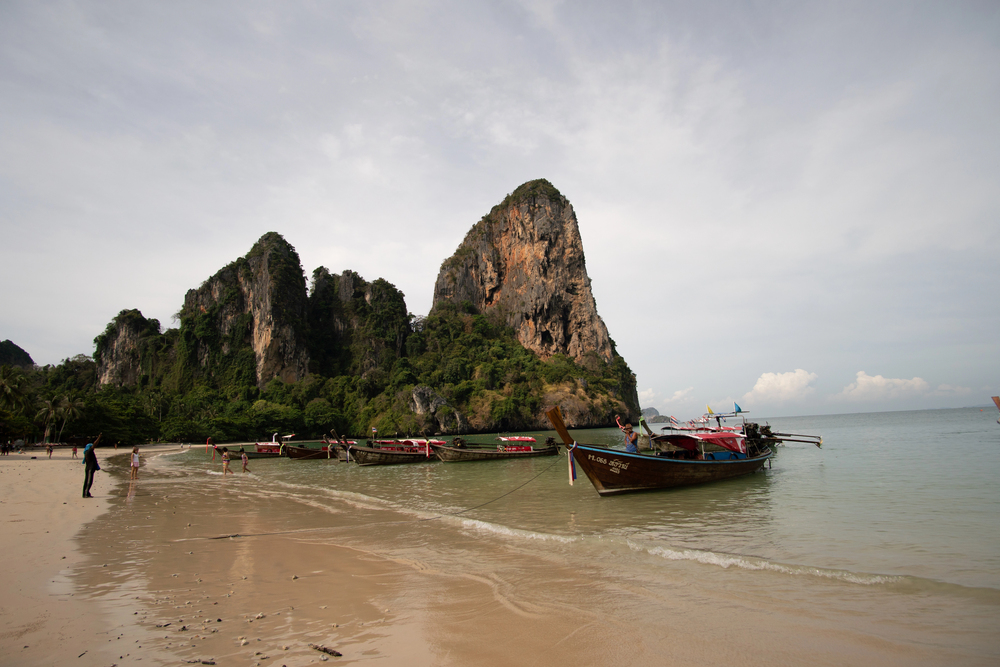
Behind the famous limestone cliffs of Railay Beach lie several hidden lagoons containing bioluminescent organisms that thrive in the mixed freshwater and saltwater environment. Accessing these glowing pools requires timing visits with specific tide conditions and navigating narrow passages that sometimes require swimmers to hold their breath briefly.
The reward is swimming in secluded pools that glow like liquid sapphire, surrounded by sheer cliff walls that amplify the magical atmosphere.
Tham Lod Underwater Tunnel, Thailand
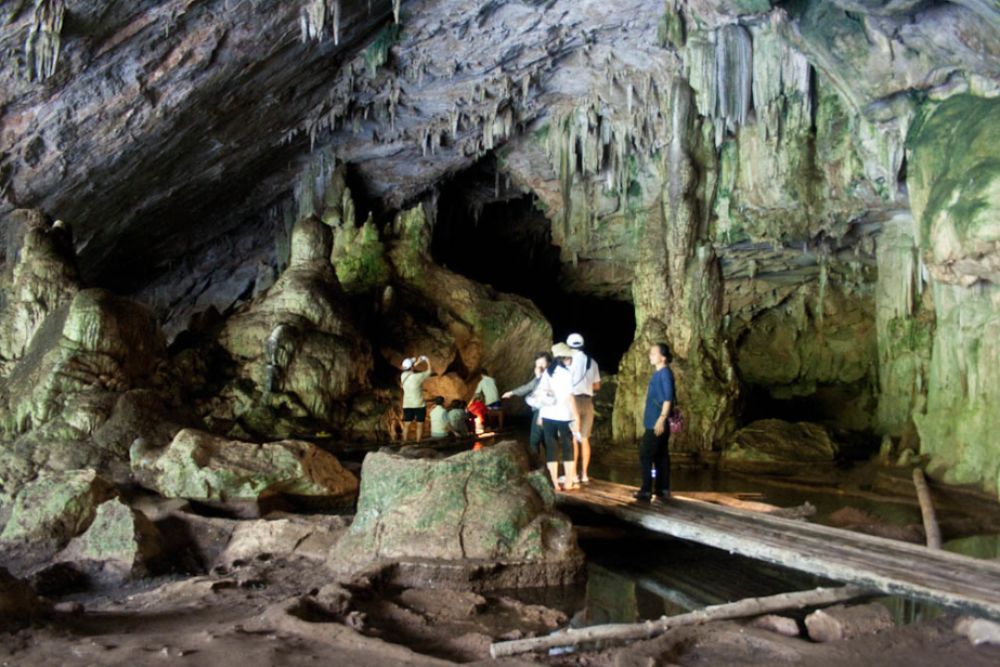
In Thailand’s northern Mae Hong Son province, Tham Lod features a flooded tunnel where specialized, cave-adapted organisms create gentle blue illumination. Unlike the bright flashes of marine bioluminescence, these freshwater creatures produce a softer, more consistent glow that builds slowly as eyes adjust to the darkness.
The 200-foot swim through the tunnel reveals ancient cave formations visible only by this natural light, creating a swimming experience that feels like traveling back in time.
Like Travel Pug’s content? Follow us on MSN.
Coron Island Secret Lagoon, Philippines
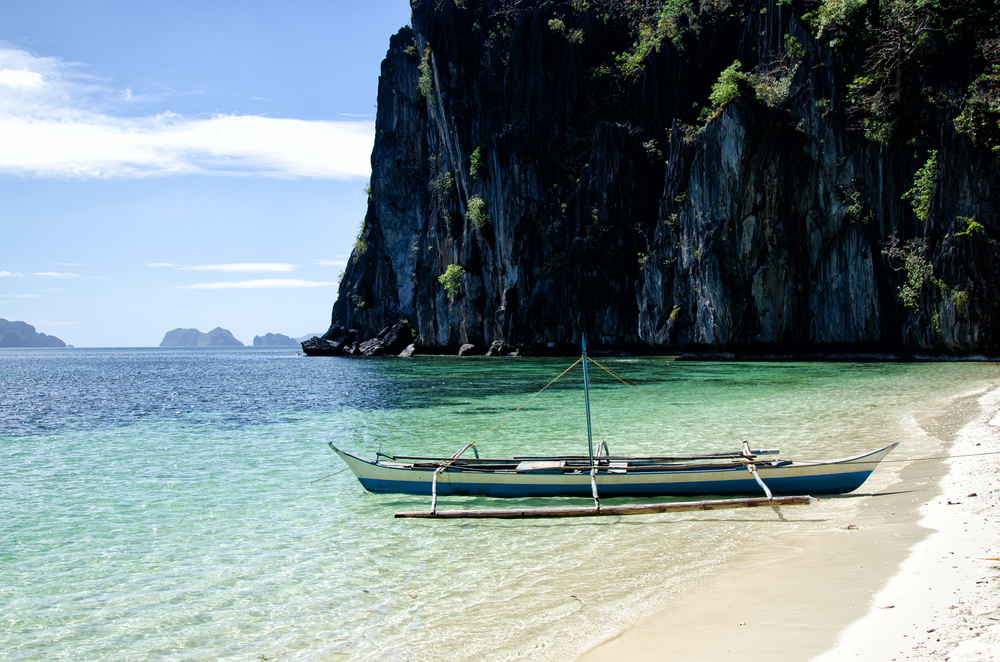
Hidden within the limestone maze of Coron Island is a saltwater lagoon accessible only through a narrow underwater passage that opens into a chamber filled with bioluminescent dinoflagellates. The organisms here respond dramatically to movement, creating swirls of blue light that follow swimmers’ hand motions and kick patterns.
Local Tagbanua tribe members serve as guides to this sacred site, sharing traditional knowledge about the glowing waters they’ve considered magical for centuries.
Gua Rangko, Flores, Indonesia
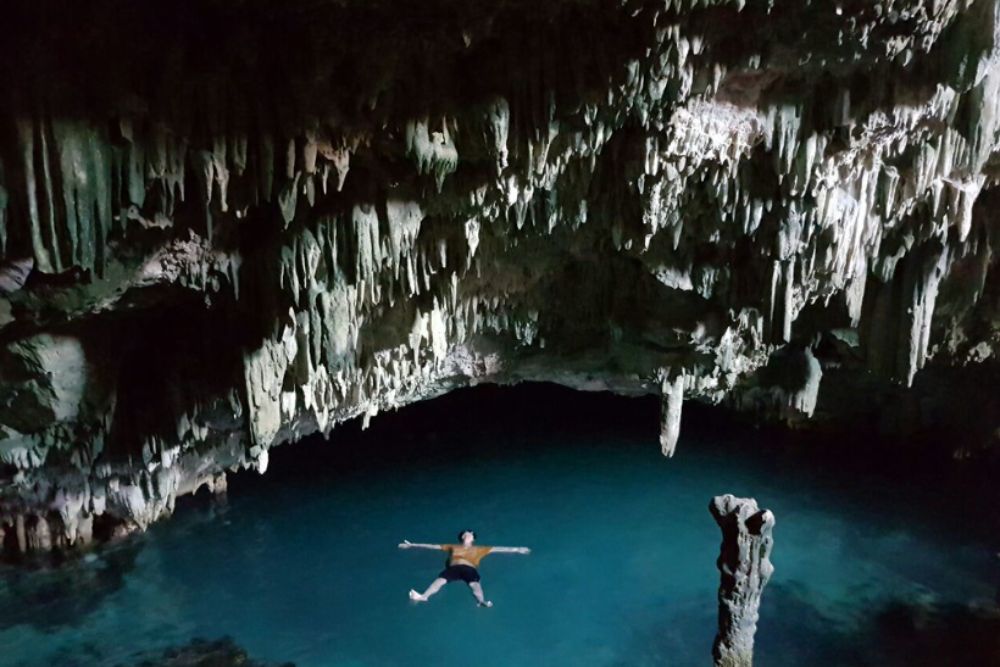
On the island of Flores, Gua Rangko cave features a large saltwater pool where tidal flows bring in marine bioluminescent organisms that accumulate in impressive concentrations. The cave’s wide mouth allows some daylight in, creating a gradual transition from natural light to the ethereal glow that intensifies as swimmers venture deeper inside.
The surrounding area remains largely undeveloped, preserving the natural beauty and allowing visitors to enjoy the luminous waters in peaceful tranquility.
Emerald Cave, Koh Mook, Thailand
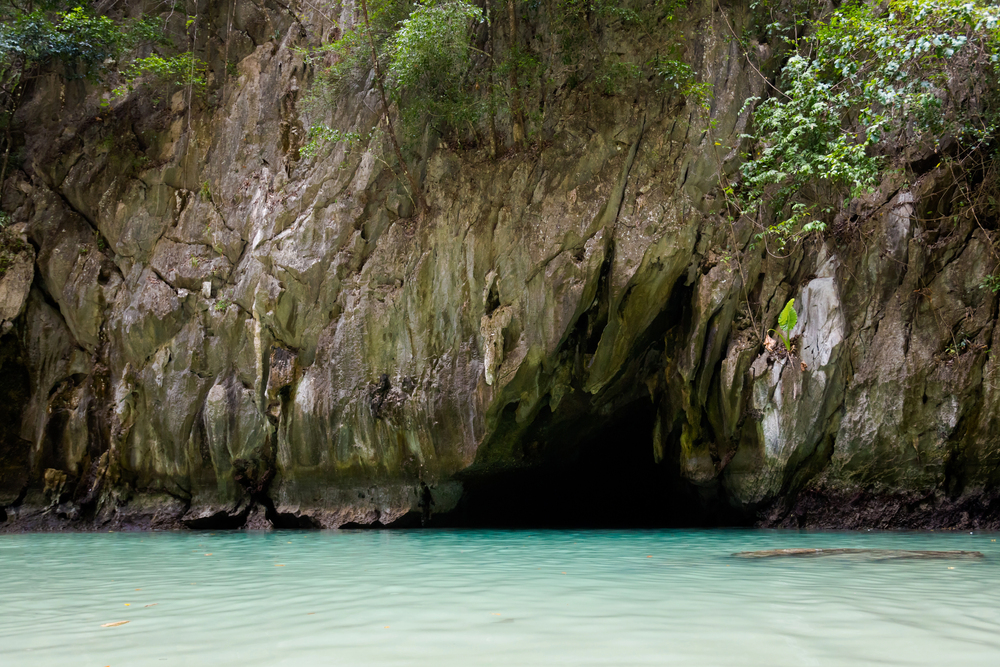
Locally known as Tham Morakot, this famous cave requires swimmers to navigate a 260-foot dark passageway before emerging into a hidden lagoon surrounded by vertical cliffs. While the lagoon is illuminated by natural daylight, the tunnel passage contains patches of bioluminescent algae that activate with each swimming stroke.
The contrast between the dark tunnel with its subtle blue glow and the sunlit emerald lagoon at the end creates a journey of dramatic natural lighting changes.
Like Travel Pug’s content? Follow us on MSN.
Caramoan Glowing Pools, Philippines
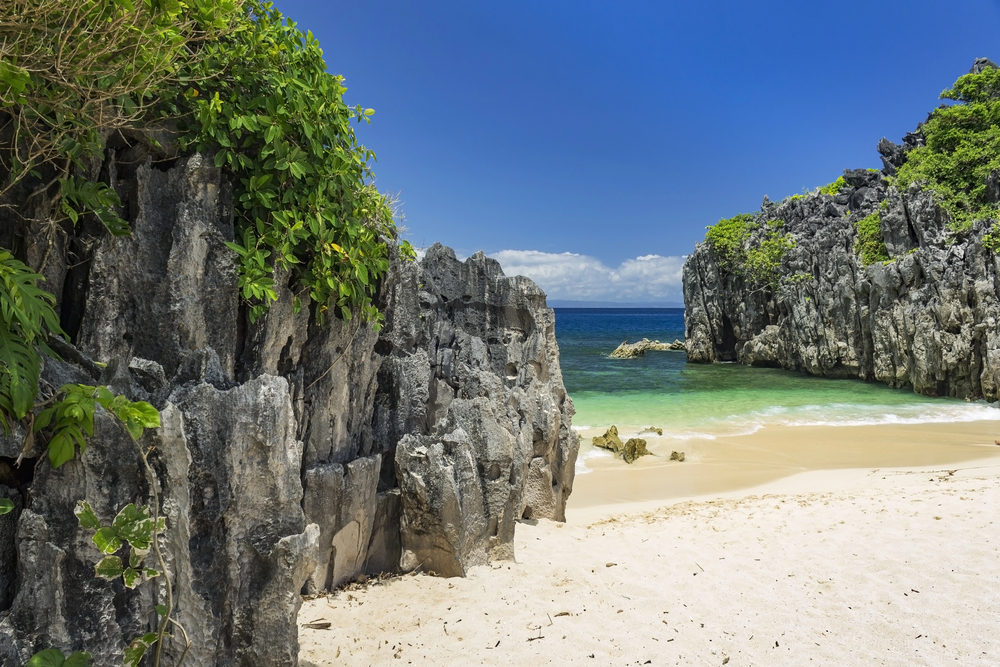
The remote Caramoan Peninsula in the Bicol region houses several marine caves where phosphorescent algae create vibrant blue illumination during nighttime swims. These caves remain relatively unknown to international tourists, allowing for more intimate experiences with the bioluminescent phenomenon.
The organisms here respond to touch and sound, sometimes flashing in synchronized patterns when swimmers clap or splash in unison.
Tun Sakaran Marine Caves, Malaysia
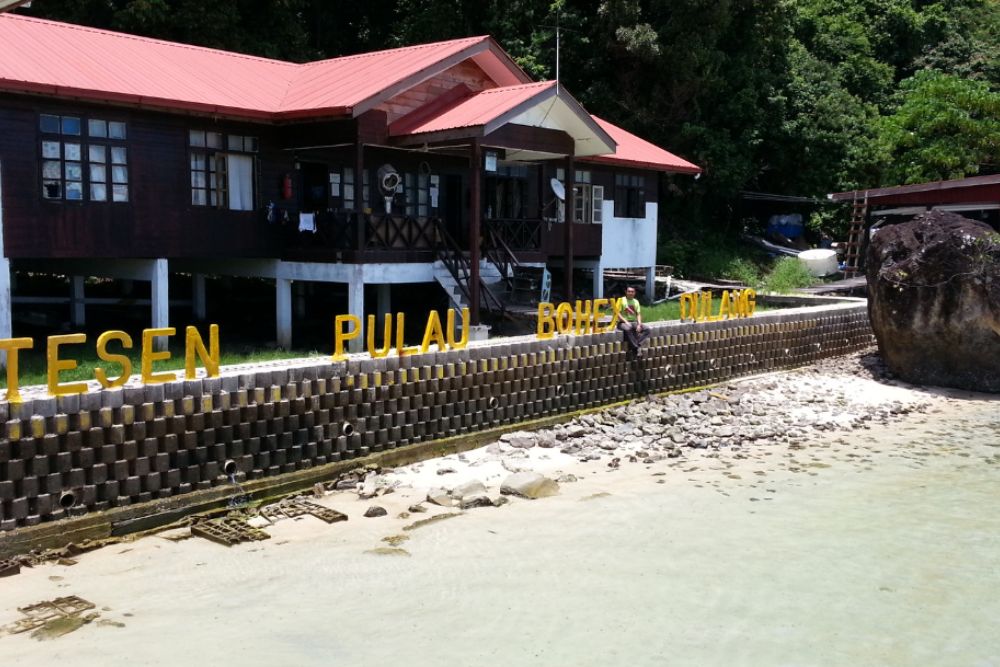
Within the protected waters of Tun Sakaran Marine Park near Semporna, several partially submerged caves host dense populations of light-producing marine plankton. This area’s conservation status has preserved exceptional water quality, allowing bioluminescent organisms to thrive in greater concentrations than in more developed locations.
Swimming here often reveals the famous blue glow and occasionally rare displays of green and even purple bioluminescence from different organism species.
Mu Ko Ang Thong Glowing Grottos, Thailand
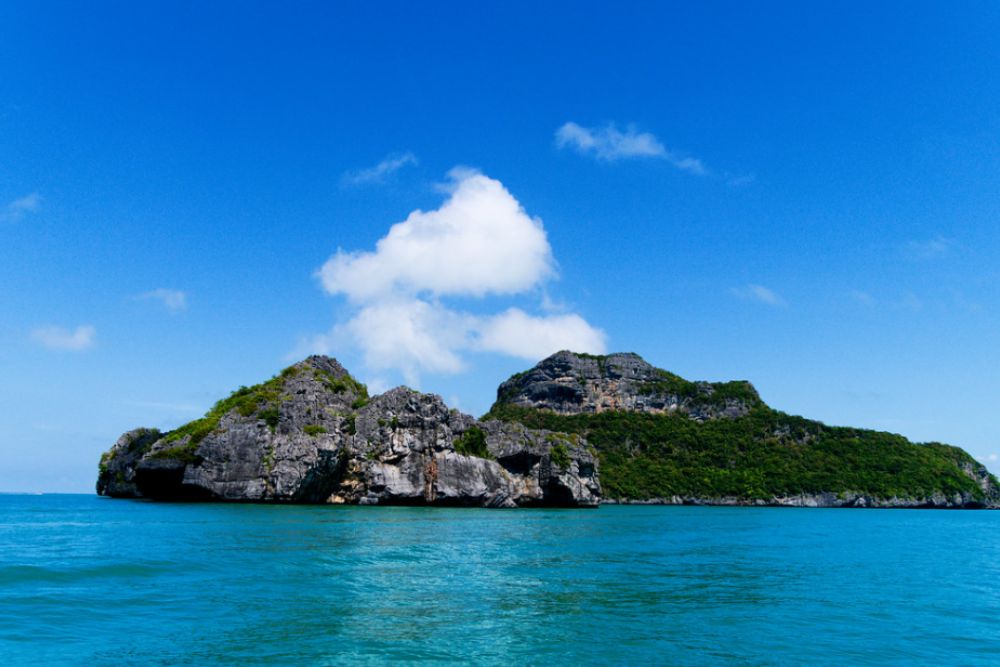
This national marine park near Koh Samui contains several limestone caves where bioluminescent plankton create brilliant displays during the darkest phases of the moon. The grottos feature varying ceiling heights, allowing swimmers to experience both submerged passages and areas where they can surface in air-filled chambers illuminated solely by the water’s glow.
The interconnected nature of these caves creates currents that swirl the luminous organisms into patterns resembling underwater auroras.
Like Travel Pug’s content? Follow us on MSN.
Puerto Galera Bay Caves, Philippines
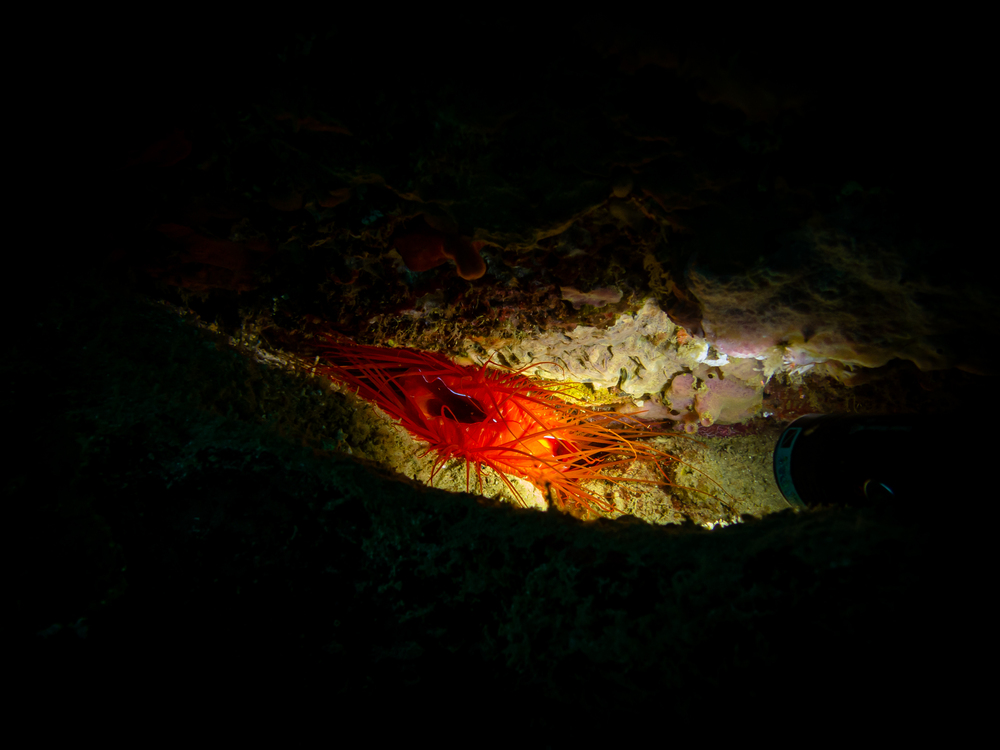
Just a few hours from Manila, Puerto Galera’s bay area contains several small caves where concentrated bioluminescence creates impressive light shows during evening swims. The relatively accessible location makes these caves popular with visitors seeking a magical experience without lengthy travel to remote areas.
Marine biologists have established a conservation program, educating swimmers about the delicate organisms and ensuring sustainable tourism practices that preserve the natural phenomenon.
Kakaban Island Jellyfish Lake Caverns, Indonesia
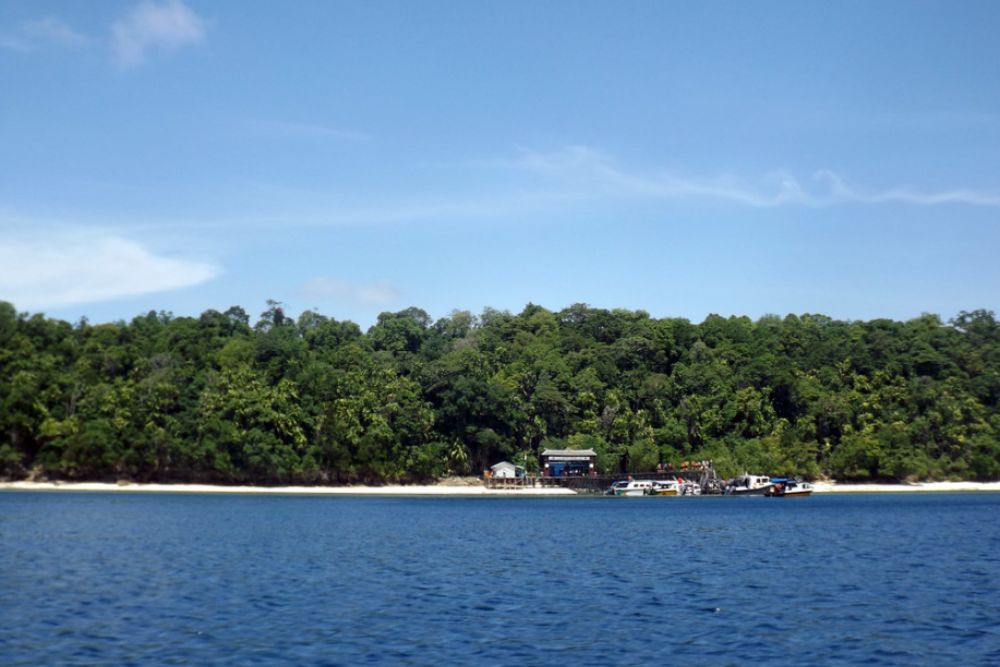
Famous for its stingless jellyfish lake, Kakaban Island also features lesser-known submarine caves where bioluminescent organisms create ethereal lighting effects. The unique ecosystem includes specialized bacteria that grow on the cave walls, adding a source of biological light that complements the glowing plankton in the water.
The combination creates multi-layered illumination that reveals the underwater topography in ghostly detail.
Ko Phi Phi Leh Viking Cave, Thailand
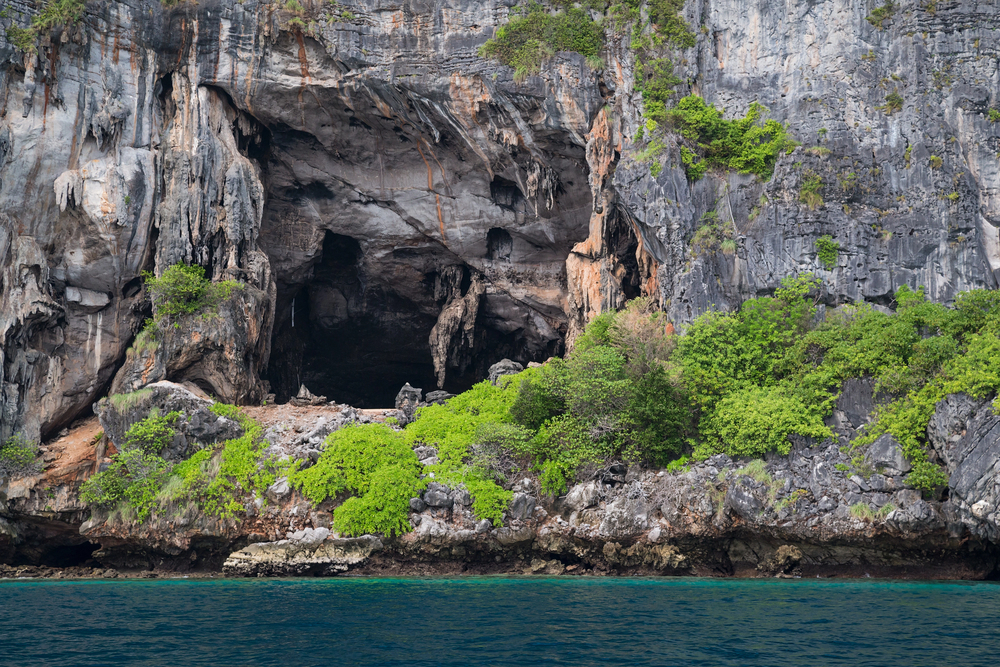
While primarily known as a bird’s nest harvesting site, the lower sections of Viking Cave on Ko Phi Phi Leh contain pools where bioluminescent dinoflagellates create brilliant light displays. Swimming here combines cultural and natural wonders as ancient paintings created by sailors are visible on the cave walls, sometimes appearing to animate in the fluctuating light produced by movement through the glowing waters.
The dramatic setting made famous in films adds to the already magical experience.
Like Travel Pug’s content? Follow us on MSN.
Badian Island Blue Holes, Philippines
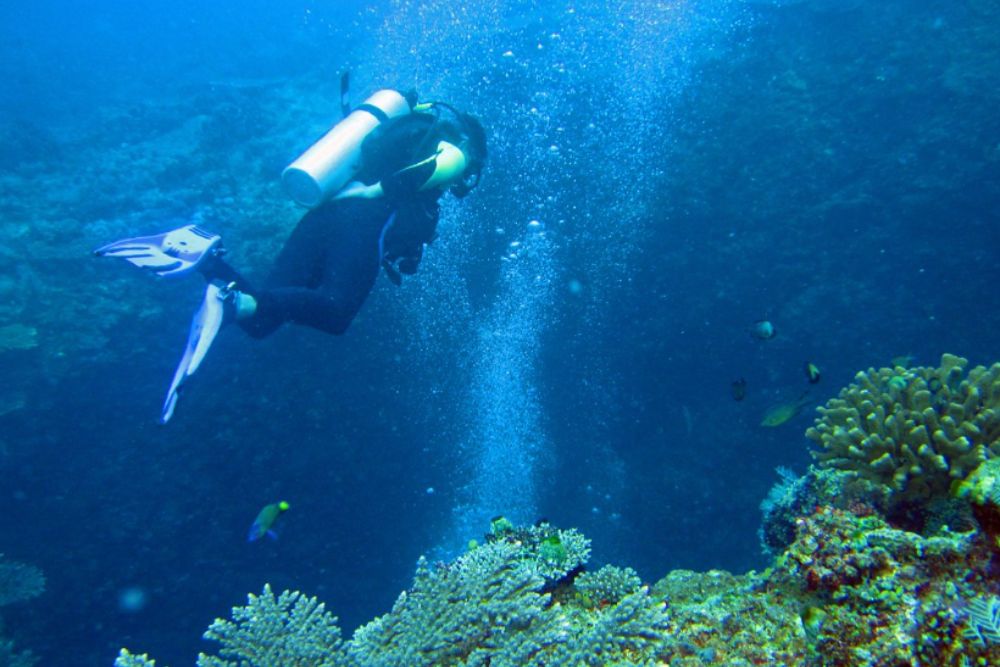
Off the coast of Cebu, Badian Island features a series of vertical sinkholes that connect to the ocean through underwater passages filled with light-producing marine organisms. Swimmers descend into these blue holes to find increasing concentrations of bioluminescence as they venture deeper, with the most vibrant displays occurring at depths between 10 and 15 feet.
The circular openings above create spotlight effects during daytime visits, while nighttime swims reveal the full glory of the natural illumination.
Mergui Archipelago Hidden Coves, Myanmar

In Myanmar’s remote southern region, the Mergui Archipelago contains several unexplored cave systems where scientists have yet to document bioluminescent displays. Local Moken sea nomads guide adventurous swimmers to these sites, sharing generations of knowledge about the waters that glow with an intensity that surpasses many better-known locations.
The pristine condition of these caves provides a glimpse of what bioluminescent experiences were like before tourism development changed other destinations.
Nusa Penida Crystal Bay Caverns, Indonesia
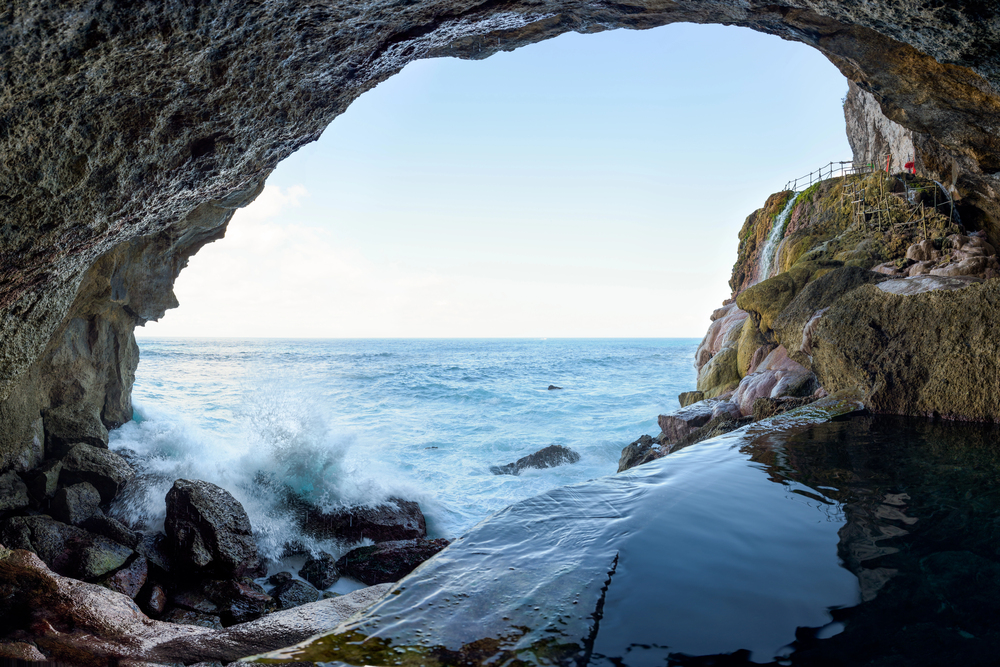
Beneath the famous diving site of Crystal Bay on Nusa Penida island, submarine caverns house colonies of bioluminescent organisms that create spectacular night-swimming opportunities. The clear waters around the island allow extraordinary visibility even at night, enabling swimmers to observe marine life illuminated by the blue glow.
The strong currents that make this area famous also bring fresh nutrients that sustain exceptionally high concentrations of light-producing plankton.
Like Travel Pug’s content? Follow us on MSN.
Natural Wonders in a Changing World
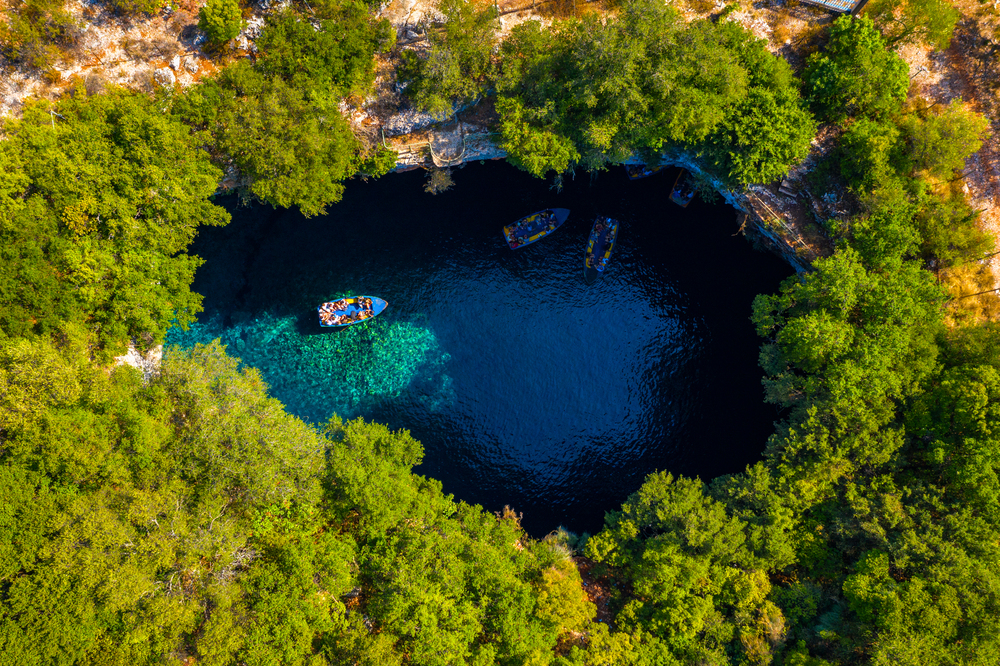
These glowing caves represent some of Earth’s most magical natural phenomena, combining the adventure of cave exploration with the wonder of biological light production. Their continued existence depends on careful conservation efforts and responsible tourism practices that protect water quality and minimize disruption to the sensitive organisms.
By visiting these sites with respect and awareness, travelers can help ensure that future generations will also experience the enchantment of swimming through nature’s light show in the hidden caves of Southeast Asia.
More from Travel Pug

- 20 Destinations That Were Once Thriving but Are Now Quietly Disappearing
- 13 Destinations Where Tourists Regularly Regret Their Trip
- 20 Once-Popular Beach Towns That Are Now Ghostly Empty
- 10 Under-the-Radar Mountain Towns That Are Both Affordable and Beautiful
- Take a ‘Learning Vacation’ in These 20 Extraordinary Places
Like Travel Pug’s content? Follow us on MSN.
